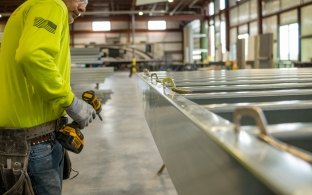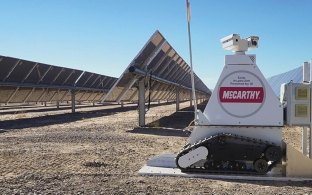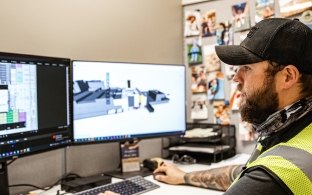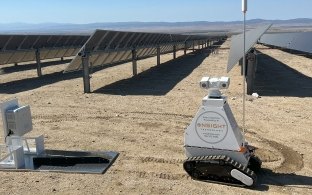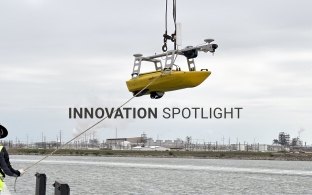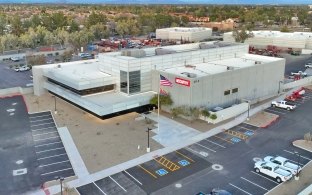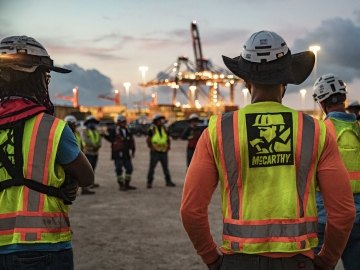Innovation in Motion: Piloting AI Tools for Safer Construction
McCarthy is piloting cutting-edge tools like DroneDeploy® Ground — combining AI and 360-degree cameras — to spot potential hazards faster and make jobsites safer. By pairing technology with the expertise of seasoned builders, the team is shaping how innovation and human judgment work together to advance construction safety.
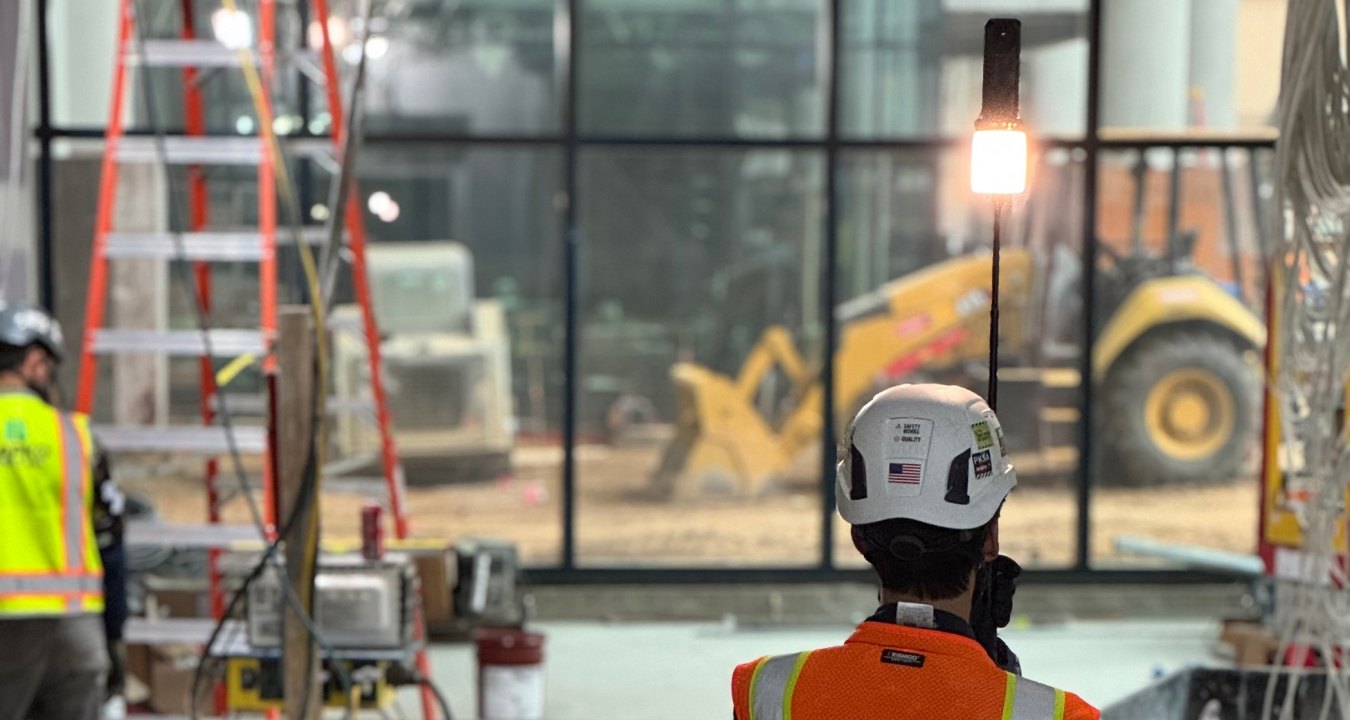
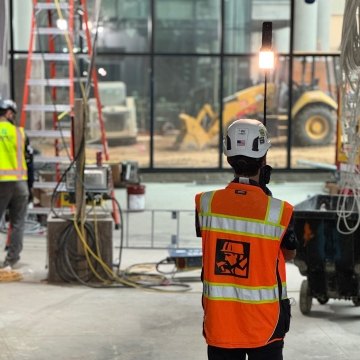
The construction industry is moving fast, with new tech like artificial intelligence (AI) and drones leading the way to help make jobsites safer, potentially. McCarthy teams are putting these innovations to the test to find smarter ways to protect everyone on site and streamline how work gets done.
Recently, Dustin Kelley, McCarthy Southern Pacific Regional Safety Manager, and Rob Graham, McCarthy Vice President of National Safety, shared their experience piloting DroneDeploy® Ground — a platform that uses 360-degree cameras and AI to scan jobsites for safety risks. Initially trained on OSHA standards and customized for heightened McCarthy-specific safety protocols, this tool captures and analyzes images and video, then delivers daily reports highlighting areas that may need attention. It can quickly spot things like trip hazards and housekeeping issues, helping teams catch problems before they become incidents.
“Safety is the most important thing we do every day at McCarthy, and we are continually looking for ways to improve,” commented Kelley. “Incorporating technology and specifically utilizing AI offers an exciting opportunity to identify potential issues even faster, resolve them quickly, and then identify trends that may need additional attention.”
As part of training the model, the McCarthy safety team is collaborating with DroneDeploy to provide feedback on how the tool is performing. The AI sometimes flags things that are actually safe — like fire extinguishers in their proper place, or a tool cart closed at the end of the day. In practice, only about one out of every ten items flagged turns out to be a safety concern. This isn’t a setback, though — the team sees these challenges as a chance to improve the technology. Every bit of feedback helps the AI get smarter about what’s truly a hazard.
To get the most out of the pilot, the team has been experimenting — using the camera not just on regular quality walks, but also during live, active work and even staging certain situations to see what the AI catches. By trying out different approaches, they’re helping shape how these tools might work best for real-world construction.
Everyone involved agrees: the winning formula is blending AI’s speed with the experience of people who know how to build — and to build safely. Industry research backs this up, stressing that tech alone isn’t enough — human input is crucial for putting AI’s findings in context and making safe decisions on site.
“Our goal is always to send everyone home safely at the end of the day to their families,” added Graham. “Combining our hands-on experience as a builder with the power of AI, we’re helping set the pace for safety innovation in construction.”

